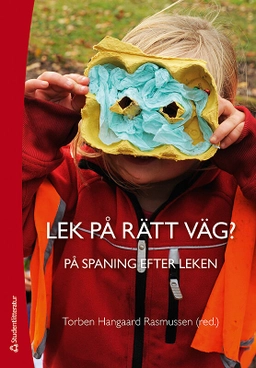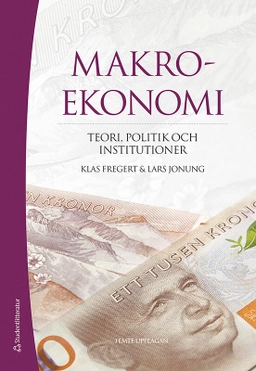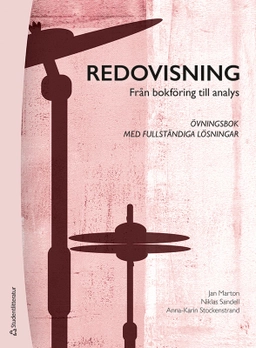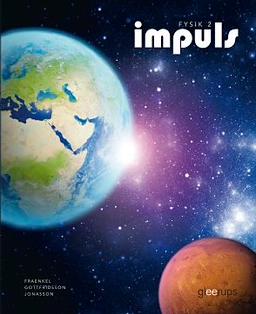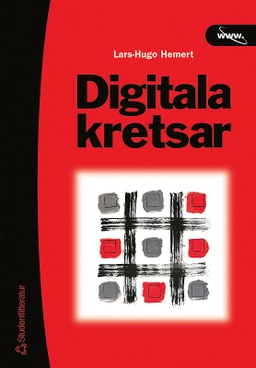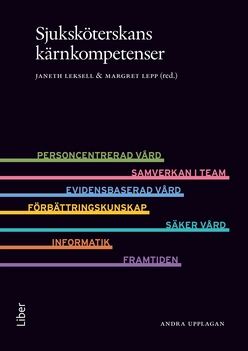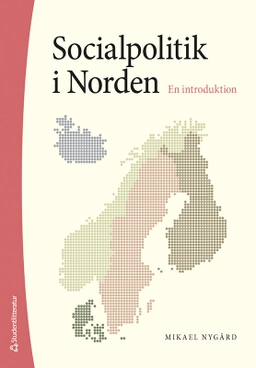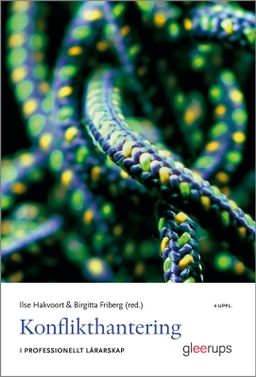

UML for Java programmersUpplaga 1
- Upplaga: 1a upplagan
- Utgiven: 2003
- ISBN: 9780131428485
- Sidor: 288 st
- Förlag: Prentice Hall Professional Technical Reference
- Format: Häftad
- Språk: Engelska
Om boken
Åtkomstkoder och digitalt tilläggsmaterial garanteras inte med begagnade böcker
Mer om UML for Java programmers (2003)
2003 släpptes boken UML for Java programmers skriven av Robert C. Martin. Det är den 1a upplagan av kursboken. Den är skriven på engelska och består av 288 sidor. Förlaget bakom boken är Prentice Hall Professional Technical Reference.
Köp boken UML for Java programmers på Studentapan och spara pengar.
Referera till UML for Java programmers (Upplaga 1)
Harvard
Oxford
APA
Vancouver


